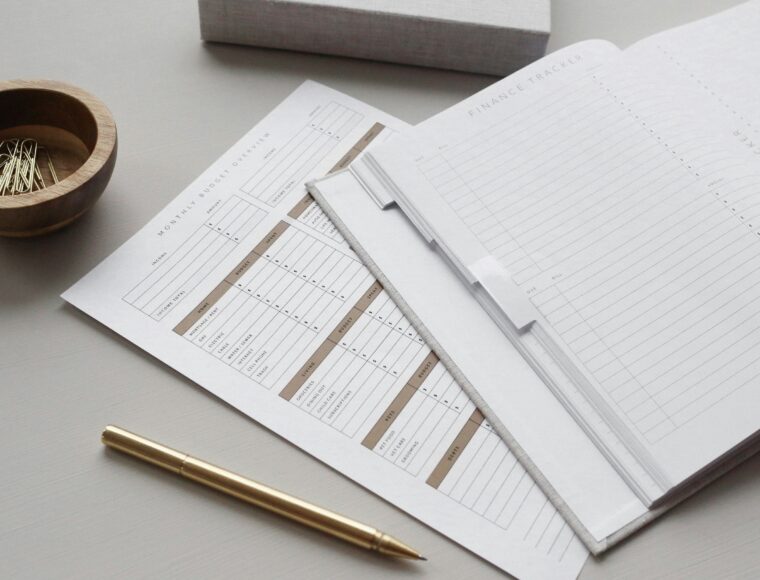How to Unblock a Sink:
Blocked sinks are a common household issue, and there are three main causes—though only one is within your control:
- Foreign objects (food, grease, hair, soap, etc.)
- Poor installation
- Storms and bad weather
Foreign objects are the most frequent cause of clogged sinks, and luckily, this is something you can prevent. Everyday items like food scraps, tea bags, cooking fat, hair, soap, and toothpaste buildup can accumulate in your pipes, slowing drainage over time.
In most cases, you don’t need a plumber to fix this. The U-bend (basin trap) under your sink is designed to catch debris, making it easier to remove blockages yourself.
How to Unblock Your Sink
There are several effective ways to clear a clogged sink using common household items. Here’s what you may need:
- A plunger
- Rubber gloves
- A bucket
- A towel
- Baking soda
- White vinegar
- Boiling water
- An adjustable spanner
Method 1: Using a Plunger
If the blockage is near the top of the waste pipe, a bathroom plunger can often remove it.
What you need:
Steps:
- Remove the drain stopper or pop-up plug and block the overflow hole with a cloth or tea towel to create a vacuum
- Position the plunger over the plug hole, ensuring it fully covers the drain. The water level should cover at least half of the plunger head
- Push down gently to create a seal, then pump steadily for a few minutes
- Release the plunger to allow air in, then repeat the process until the water drains
- If the sink is still clogged, try a different method
Method 2: Unblocking a Sink Without a Plunger
If you don’t have a plunger, baking soda and vinegar can help dissolve minor blockages naturally.
What you need:
- 1 cup of baking soda
- 1 cup of white vinegar
- Boiling water
- Rubber gloves
Steps:
- Ensure the sink is drained and dry before starting
- Pour one cup of baking soda down the drain, followed by two cups of boiling water. Wait 3–5 minutes
- Add another cup of baking soda, then pour one cup of vinegar down the drain
- Let the fizzing reaction work for a few minutes. Once it stops, flush the drain with two cups of boiling water
- Wait 20–30 minutes, then check if the water drains properly
